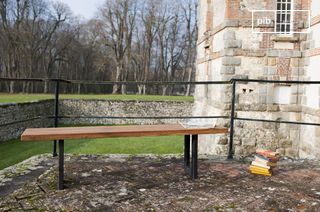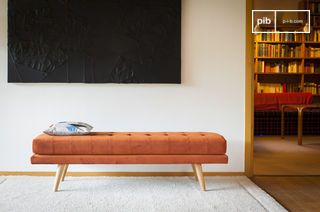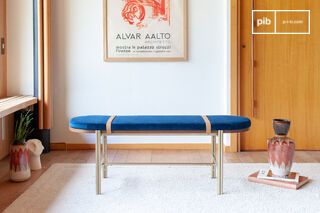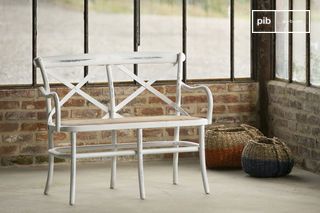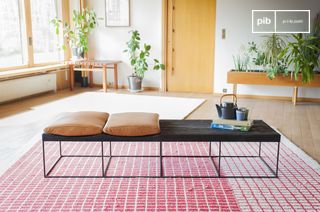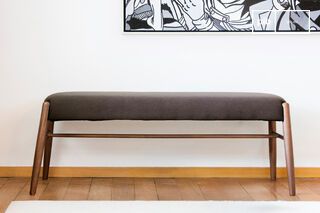Indoor benches
Indoor benches provide occasional seating in different areas of the home. Placed in an entrance hall, living room, at the foot of a bed or against a free-standing wall, they provide structure without adding weight. Their elongated, often backless format facilitates visual integration while maintaining the fluidity of circulation. This category includes open models and those with integrated storage. The interior bench adapts to spatial constraints without disrupting the design logic of the rooms concerned.
read more >Filters
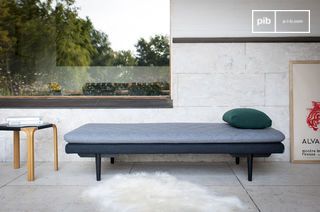
Daybed benchNorilsk
£1200
10 festive days
10% off our tables and consoles
Welcome your guests in style · Limited stock

Definition and role of the interior bench
The interior bench is a piece of furniture designed to complement the layout of a room by providing low, linear, non-intrusive seating. It is installed in passage areas, living rooms or transitional spaces. Unlike an armchair or chair, it is not designed for prolonged comfort, but to meet a specific need: putting on shoes, putting down a bag or sitting down temporarily. Its simple shape allows it to be positioned without upsetting the existing organization. The interior bench acts as a complementary element in an already structured environment.
Implantation according to room and function
In an entrance hall, the bench serves to put on shoes or place a personal effect. In a living room, it can complement a seating area, against a wall or in the axis of a sofa. In bedrooms, they are often positioned at the foot of the bed, to hold clothes or create a temporary sleeping surface. Some benches are also integrated into alcoves, under windows or in reading areas. Their placement depends on circulation, natural light and the proximity of other furniture. They should not interrupt flows, but accompany existing uses.
Typologies, materials and storage options
The interior bench comes in solid, pedestal or integrated storage models. Some incorporate chests, drawers or open niches. The choice depends on the use and the room. Solid wood, veneered panels, tubular metal or stretched textiles are the most common materials. Cushions can be fixed or removable, depending on the level of use. The visual effect depends on the finish: light wood for a light reading, dark metal to structure a low line, plain textile to neutralize the presence in space. Formal sobriety facilitates integration into a variety of environments.
The interior bench meets a precise need in domestic contexts where flexibility and legibility are paramount. It complements existing functions without competing with them, providing a punctual, stable and visually controlled point of support.
The interior bench meets a precise need in domestic contexts where flexibility and legibility are paramount
